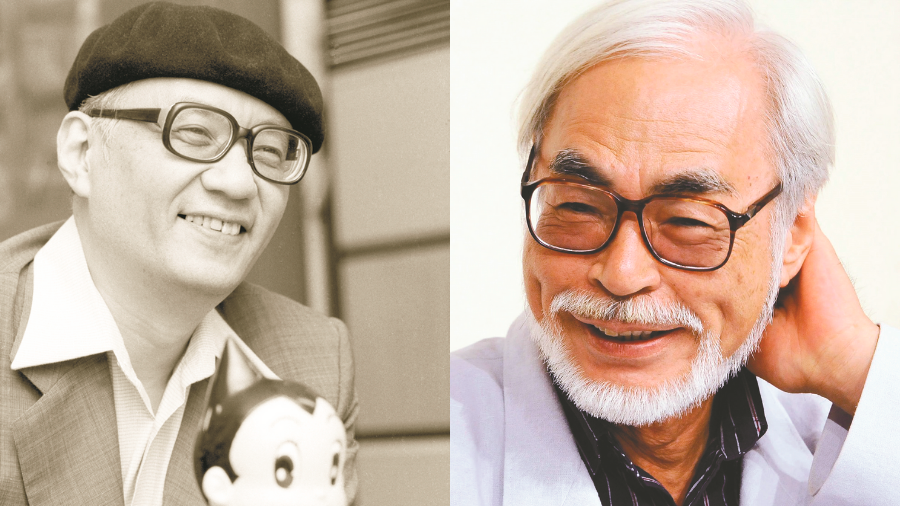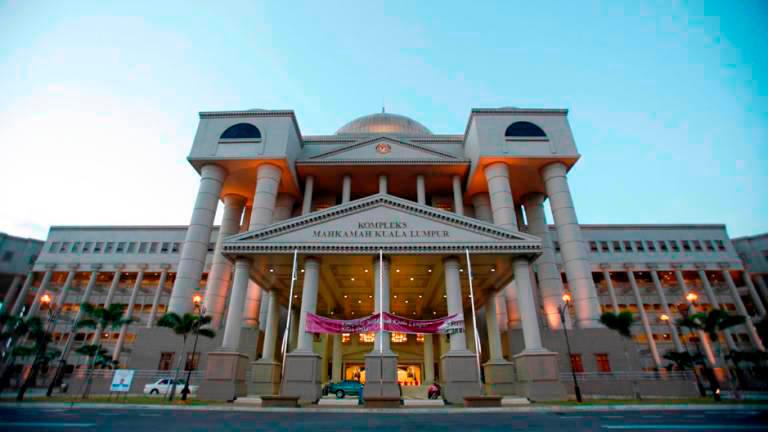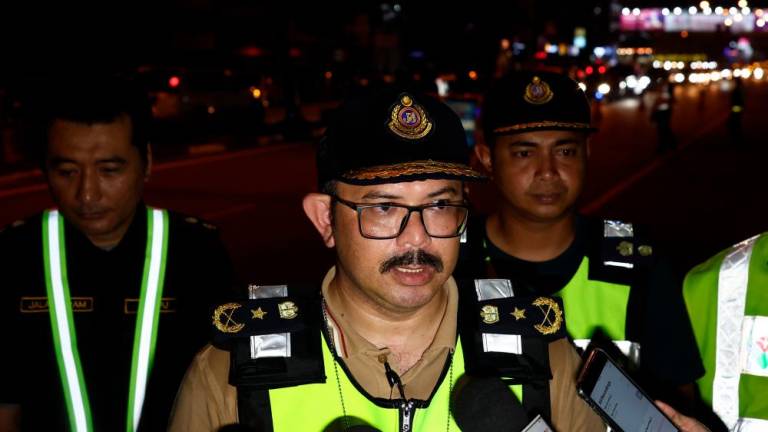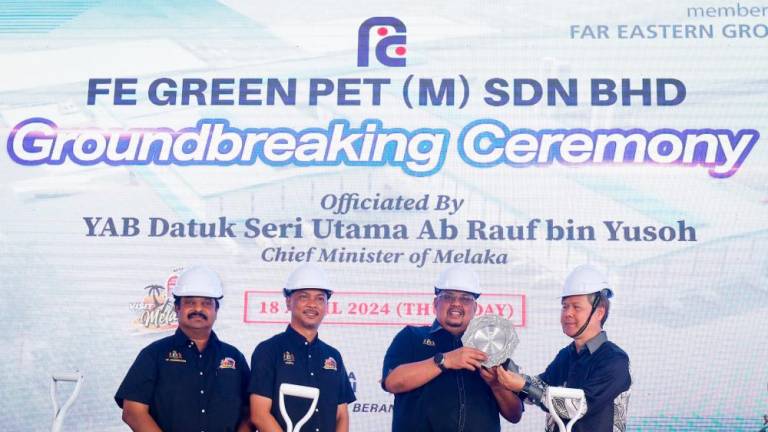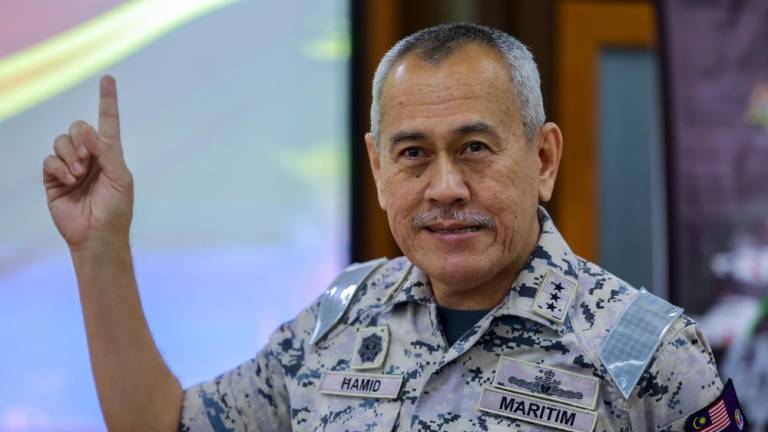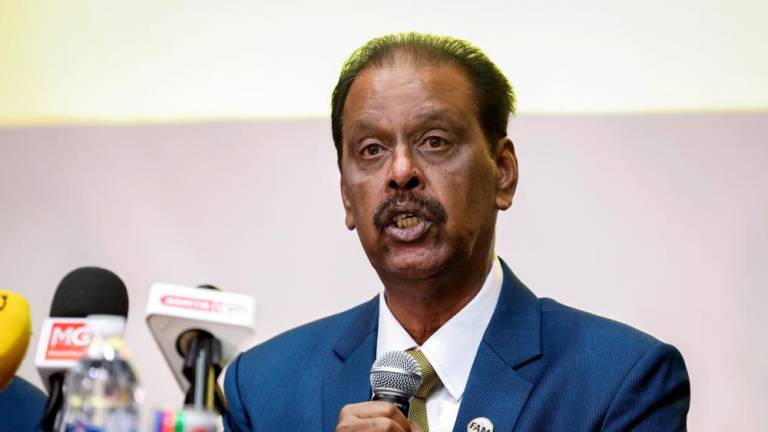It is difficult to articulate just how significant Japan’s cultural influence has been over the past several decades. Manga and anime (Japanese animation) are often the first form of exposure for most non-Japanese people, and have influenced art, literature and pop culture in many countries.
The creative works of two individuals in particular – Osamu Tezuka and Hayao Miyazaki – have singlehandedly shaped the culture and society of Japan and created a following across the world unlike any other.
The late Tezuka is renowned as the godfather of manga, with over 700 manga series to his name, while Miyazaki is the co-founder and creative genius behind animation house Studio Ghibli, earning him the title of Japan’s Walt Disney. Here, BUZZ briefly recounts their contributions to the world.
OSAMU TEZUKA
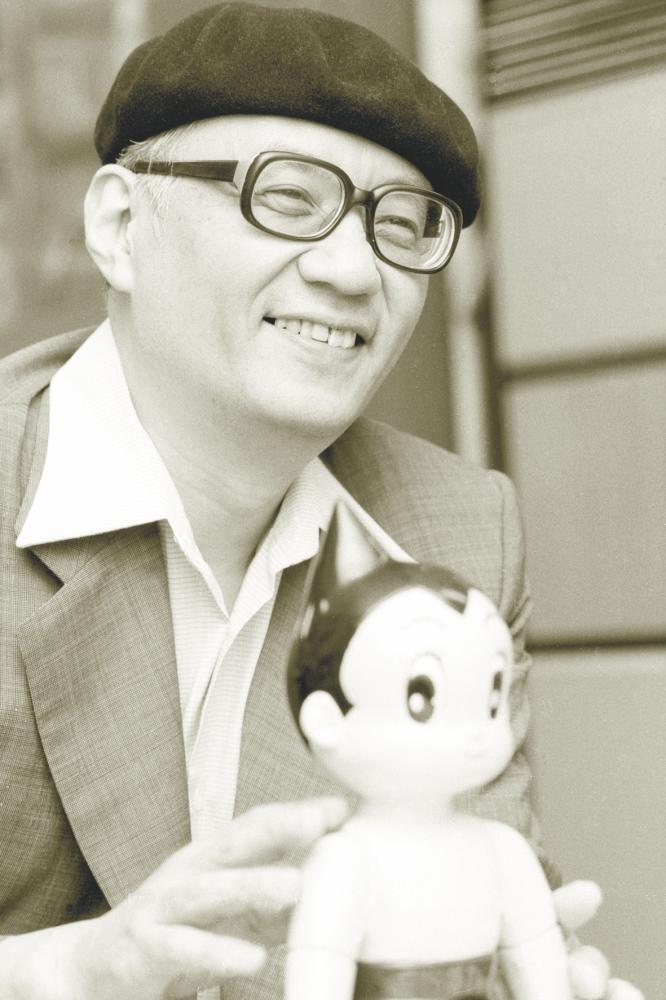
Historically speaking, the concept of manga first originated in the early 1900s when an artist named Kitazawa Rakuten created comic strips similar to those in American newspapers. However, manga, as we know it today really, flourished in a post-WWII Japan, as artists began pushing the limits of their imagination in terms of art styles and stories.
One young artist, a 17-year-old Osaka native named Osamu Tezuka, began publishing his works professionally in 1945, seeing his work as a means to convince people to “care for the world”. He was strongly influenced by the Disney animated films he had watched as a child, and hope to emulate their success.
His early works covered a variety of themes, from slice-of-life to science fiction, and his first major success was an animal adventure manga series titled Kimba the White Lion, which ran from 1950 to 1954.
The early 1950s also saw Tezuka create some of this most iconic manga series like Astro Boy (a spin-off from Captain Atom, an earlier manga), Princess Knight and Phoenix, which some consider to be his most ambitious work.
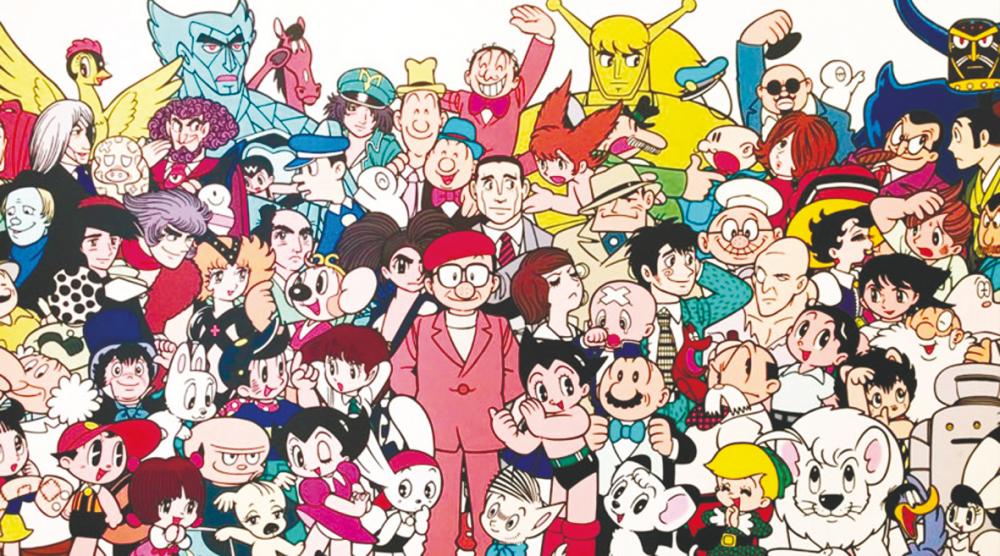
What makes his efforts so remarkable is that he managed to create and publish his works while studying in medical school, and even while working in a hospital.
In the 1960s, the Japanese manga and animation scene began to flourish. Kimba and Astro Boy were animated and became two of the most recognisable series outside of Japan, launching Tezuka to stardom.
Tezuka reportedly was invited to work on several Hollywood projects, including a few by Disney. He was even approached by US director Stanley Kubrick to join the production of 2001: A Space Odyssey (1968), although Tezuka declined due to his increasing workload in Japan.
Throughout the rest of his prolific career, he continued working on manga series based on a variety of subjects. Two which endure to this day include the supernatural dark fantasy Dororo and the sci-fi adventure series Black Jack.
Sadly, Tezuka died from stomach cancer in 1989 at the relatively young age of 60. To the end, he never lost his desire to draw. His last recorded words were: “I’m begging you, let me work!”, which were aimed at a nurse who was trying to take away some of his art supplies. His legacy lives on in the works of an entire generation of modern-day artists from Japan and around the world.
And there is a chance that Tezuka’s work will continue to impact the future of manga as well. Last last year, project Tezuka 2020 was announced, in which an artificial intelligence programme was developed to draw a new manga series by analysing all of his works, creating the first AI-penned manga. The manga, Paidon, was printed in February this year in Morning magazine, to largely encouraging reviews.
HAYAO MIYAZAKI
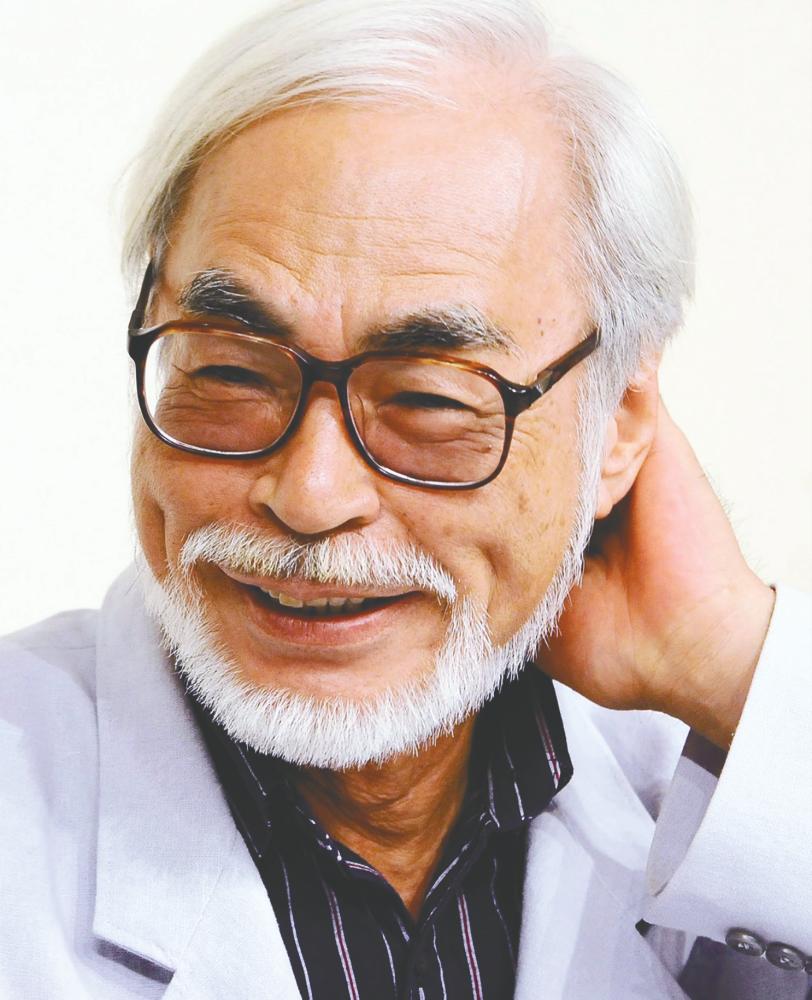
It is impossible to overemphasise just how much the works of Studio Ghibli have influenced the image of Japanese anime in the eyes of the world. And it is mainly due to the efforts of one man: Hayao Miyazaki.
Born in Tokyo in 1941, Miyazaki initially planned a career as a manga artist, having been inspired by the works of several contemporaries, including Tezuka. Eventually he turned to animation, and from the 1960s to the late 1970s, he worked at several renowned animation studios including Toei Animation, A-Pro and Nippon Animation.
During this part of his career, Miyazaki used his artistic talents to storyboard and animate scenes, and got his first taste of directing, helming several anime series including Lupin The Third Part 1 and Future Boy Conan. In 1979, he directed his first animated feature film, The Castle of Cagliostro.
Soon after that, Miyazaki began working on his first official manga series, Nausicaä of the Valley of the Wind, which became a moderate success when it was published in 1982.
Miyazaki was persuaded to allow the manga to be adapted into an animated film, and he agreed, on the condition that he be allowed to direct it. The film, released in 1984, was a revelation for the industry and heralded his arrival as an animator to be reckoned with.
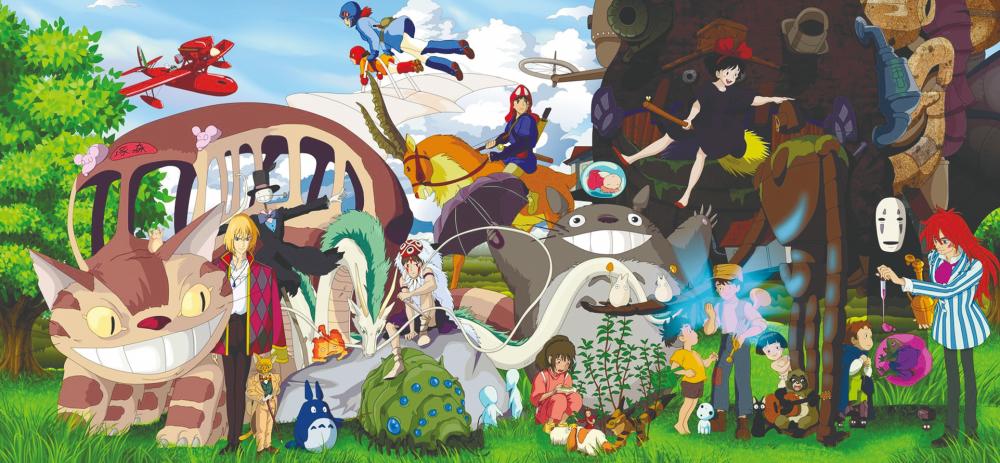
Buoyed by his success, Miyazaki joined with three other animators and founded Studio Ghibli in 1985. He was very much the heart and soul of the studio, writing and directing all of the films it produced.
The studio’s first film, Laputa: Castle in the Sky, was a rousing success, and was followed by other landmark animated films throughout the 1990s and early 2000s such as My Neighbour Totoro, Grave of the Fireflies, Kiki’s Delivery Service, Princess Mononoke, Spirited Away and Howl’s Moving Castle.
Aside from the films’ distinctive, whimsical animation style, what really drew audiences in were the unique stories they depicted, which often displayed a strong feminist and anti-war theme, attributed to Miyazaki’s childhood growing up in post-WWII Japan.
Now 79 years old, Miyazaki has famously retired several times from Studio Ghibli, with his most recent retirement taking place in 2013. Miyazaki has reportedly spent his time working on his own manga series, and is largely enjoying spending time at home.
However, he has returned to the studio several times during the intervening years to work on several short film projects, and it has been strongly hinted that he is in talks to helm one last feature film, before retiring for good (yet again).
This article is first published in theSun Buzz iPaper HERE



